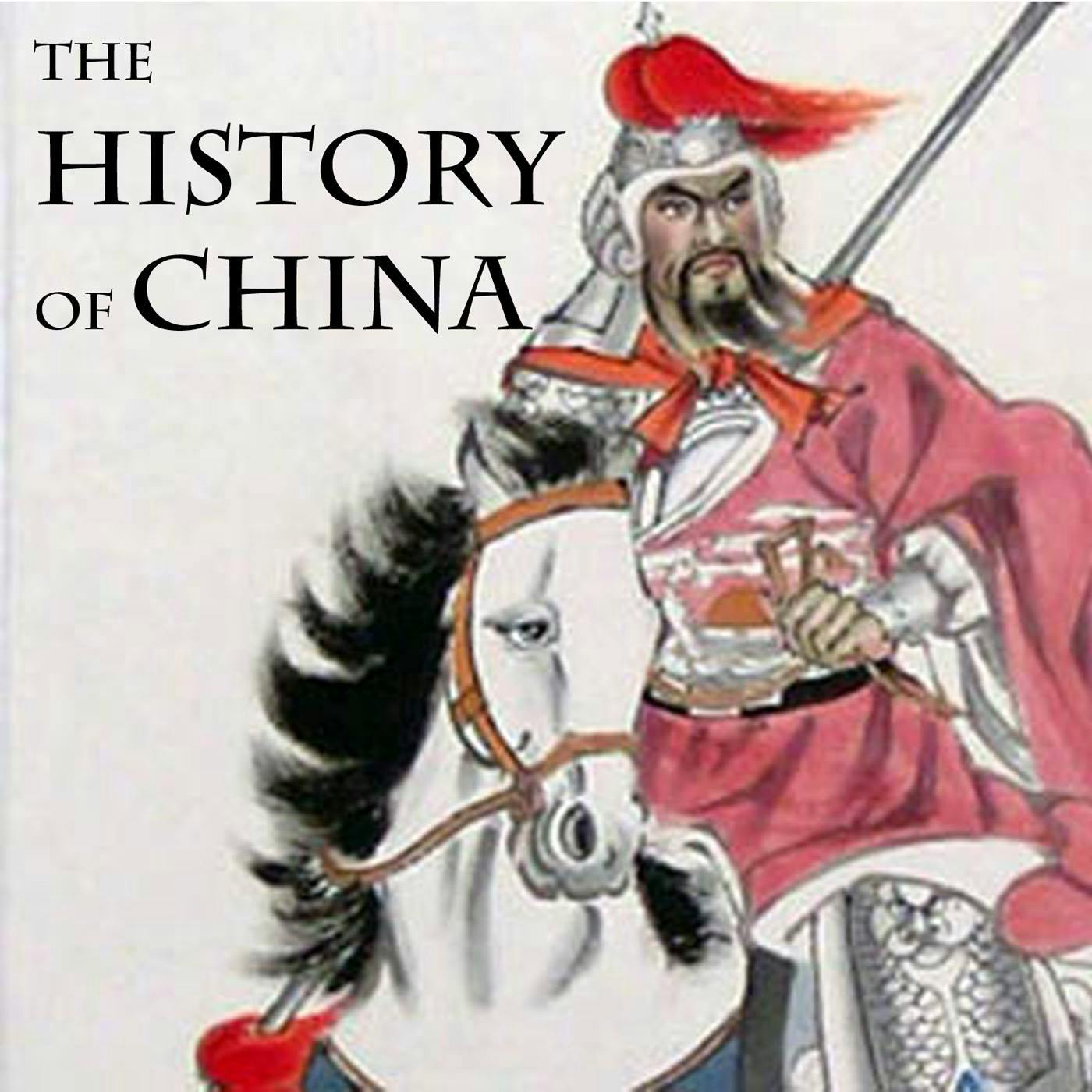
Shownotes Transcript
The more than two-decade period following Wu Zhao’s ascension as Emperor Gaozong’s empress-consort will serve to point out three things: how weak the emperor is, how powerful Empress Wu has become, and how there is absolutely nothing she won’t do to keep it that way. By the middle of the episode, she’ll be considered even at the time the co-equal ruler of her husband, on of the so-called “Two Holy Ones.” But power is a slippery fish to hang on to… especially when you have no legal means of maintaining it, and several sons just waiting in the wing to snatch it all away.Time Period Covered:656-683 CEMajor Historical Figures:Emperor Gaozong of Tang (Li Zhi) [r. 649-683]Empress Consort Wu Zhao Crowned Prince Li Hong (Emperor Xiaojing [posthumous title]) [652-675]Crowned Prince Li Xián [653-684]Crowned Prince Li Xiǎn (Emperor Zhongzong) [b. 656- , r. 684]Li Zhong, Prince of Liang [d.665]Chancellor Zhangsun Wuji [d. 665]Chancellor Shangguan Yi [d. 665]Chancellor Xu Jingzong [retired 670, d. 673]Major Sources:Dash, Mike. “The Demonization of Empress Wu” in The Smithsonian. http://www.smithsonianmag.com/history/the-demonization-of-empress-wu-20743091/?no-istJiang, Chen An. Empress of China: Wu Ze Tian.Karem Skaff, Jonathan. Sui-Tang China and Its Turko-Mongol Neighbors: Culture, Power, and Connections, 580-800.Sima, Guang. Zizhi Tongjian.Weschler, Howard. The Cambridge History of China. “Kao-Tsung (Reign 649-83) and the Empress Wu: The Inheritor and the Usurper.”Old Book of Tang.New Book of Tang.
Learn more about your ad choices. Visit megaphone.fm/adchoices)
